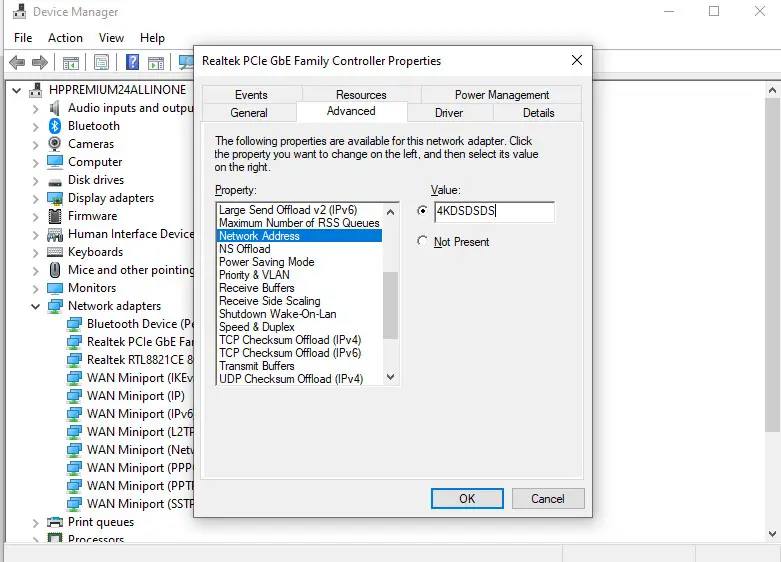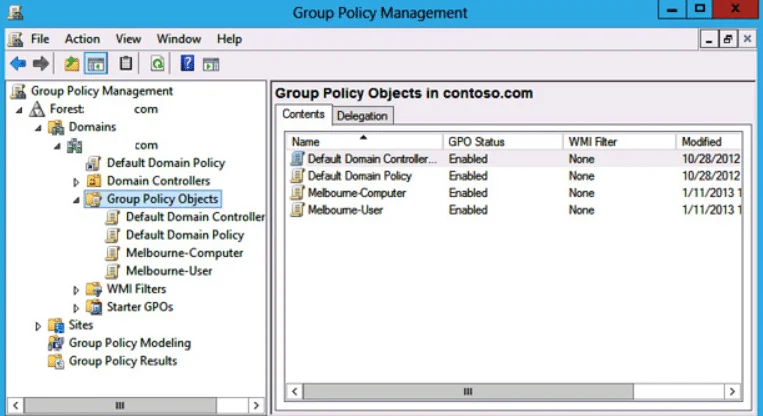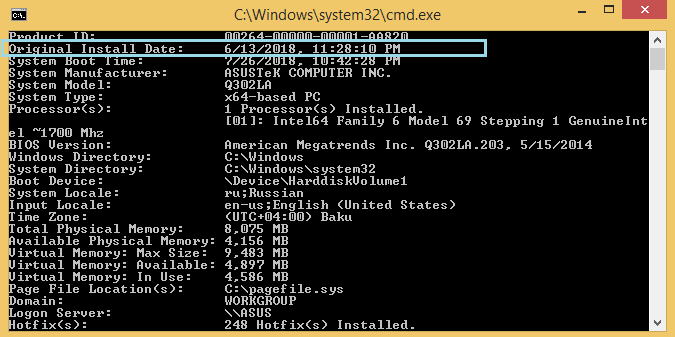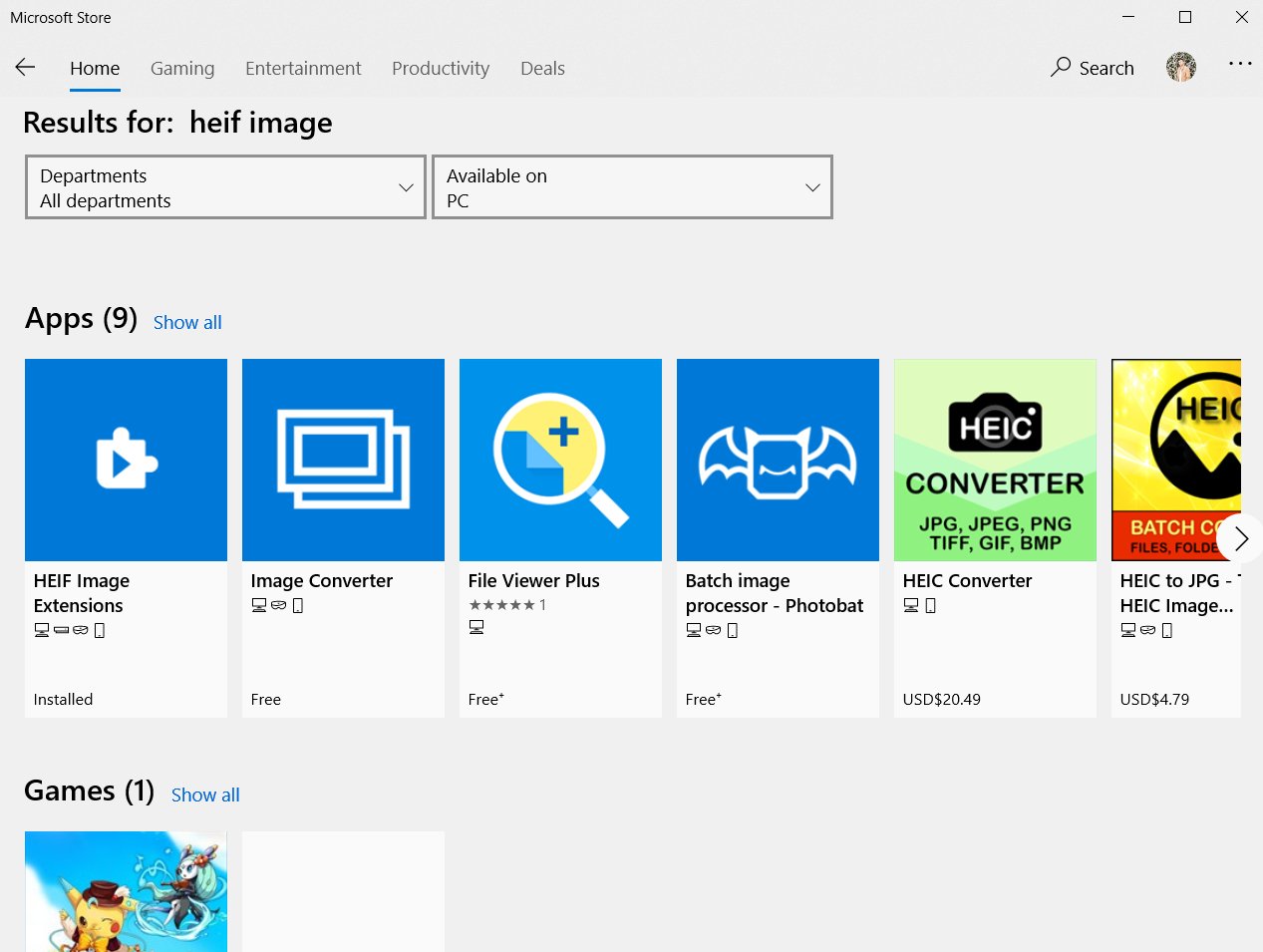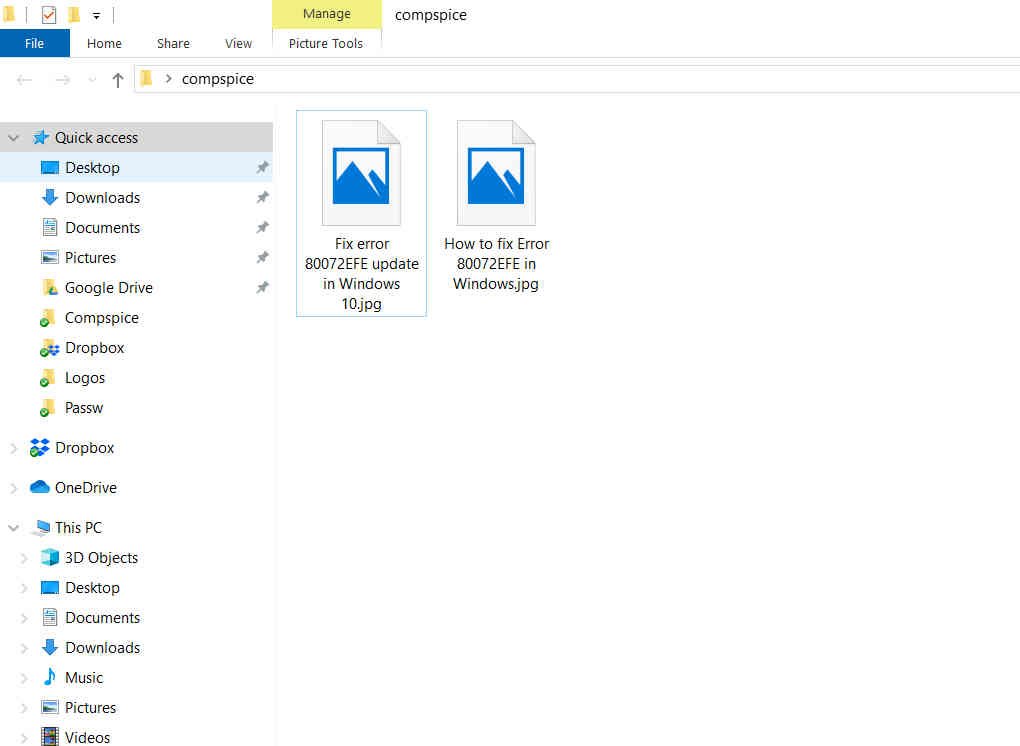Network Settings in Windows Server 2008 Server Core
We all know that Windows 2008 Server Core does not include the traditional full graphical user interface (GUI). Therefore, once you have configured the server, you can only manage it locally from the command line or remotely using a connection to a terminal server.
Like any other server, Server Core must be configured to work with the network. Here are typical server configuration options:
IP address setup
Admin Password Setup
Name Server Setup
Enable Remote Management Snap-in (MMC)
Enable Remote RDP Connection
Enabling Windows Firewall Remote Management
Enable remote shell
Server activation
Joining a domain
Configuring Windows Update
Configuring Error Reporting
Add server roles and features
And other tasks.
Before you begin, you need to configure the IP address of the server.
How to configure a static IP address
1) At the command prompt, enter the following command:
netsh interface ipv4 show interfaces
2) Remember the number indicated in the Idx column for the network adapter. If you have more than one network adapter on your computer, write down the number corresponding to the network adapter for which you want to set a static IP address.
3) At the command prompt, type in one line:
netsh interface ipv4 set address “Local Area Connection”
source = static address = 10.0.0.2 mask = 255.255.255.0 gateway = 10.0.0.1
4) At the command prompt, enter:
netsh interface ipv4 add dnsserver “Local Area Connection” address = 10.0.0.32 index = 1
5) Repeat step 4 for each DNS server you want to add, increasing the index by one each time.
6) When typing Ipconfig / all make sure that all the address settings are correct.
To set an administrator password in Windows Server 2008
1) At the command prompt, enter the following command:
net user administrator *
2) You will be prompted to enter a password, enter a new password for the administrator account, and press the ENTER key.
3) When prompted, confirm the password and press ENTER.
Further, you can change the name of the computer (by default, the name is generated randomly if the answer file is configured)
How to change server name
1) Determine the current server name by issuing the command hostname or ipconfig / all
2) At the command prompt, enter:
netdom renamecomputer / NewName: New_Server_Name
3) Restart the computer by typing the following command at the command prompt:
shutdown / r / t 0
How to enable Server Core control using Windows Remote Shell
1) To enable the Windows Remote Shell on Server Core, type the following command at the command prompt:
WinRM quickconfig
2) Press Y to accept the default settings. Note: Configuring WinRM quickconfig allows a server on Server Core to accept remote connections through the Windows Remote Shell.
3) Now from a remote computer, from the command line, using WinRS.exe, you can run commands on the Server Core server. For example, run the command line:
winrs -r: Your_Server_Name cmd
4) Now you can enter the necessary command, and it will be executed on the remote computer.
Server activation
At the command prompt, enter:
slmgr.vbs –ato
If the activation was successful, you will not see any messages in the command line.
For remote server activation
1) At the command prompt, enter:
cscript slmgr.vbs -ato
2) Get the computer GUID by typing:
cscript slmgr.vbs -did
3) Dial
cscript slmgr.vbs -dli
4) Ensure that the License status is set to Licensed (activated).
To enable a Windows 2008 server in a domain
1) At the command prompt, enter:
netdom join / domain: your_domain_name / userd: user_domain / passwordd: *
Note: The * indicates that you will be prompted to enter the password in the command window in the next step.
Note: Please note that the word “passwordd” has 2 d
2) You will be asked to enter a password for a domain user account. Do it.
3) Restart the computer by typing the following command at the command prompt:
shutdown / r / t 0
To remove a Windows 2008 server from a domain
1) At the command prompt, enter:
netdom remove
2) Restart the computer.
To set up automatic update
1) To enable automatic updating, enter:
cscript C: \ Windows \ System32 \ Scregedit.wsf / au 4
2) To disable automatic updating, enter:
cscript C: \ Windows \ System32 \ Scregedit.wsf / au 1
By the way, to view the current settings, you can dial:
cscript C: \ Windows \ System32 \ Scregedit.wsf / au / v
To customize error messages
1) To check the current settings, enter:
serverWerOptin / query
2) To automatically send detailed reports, enter:
serverWerOptin / detailed
3) To automatically send short reports, enter:
serverWerOptin / summary
4) To disable error reporting, enter:
serverWerOptin / disable
Related post : Windows Server 2008. Error BOOTMGR Is Missing
